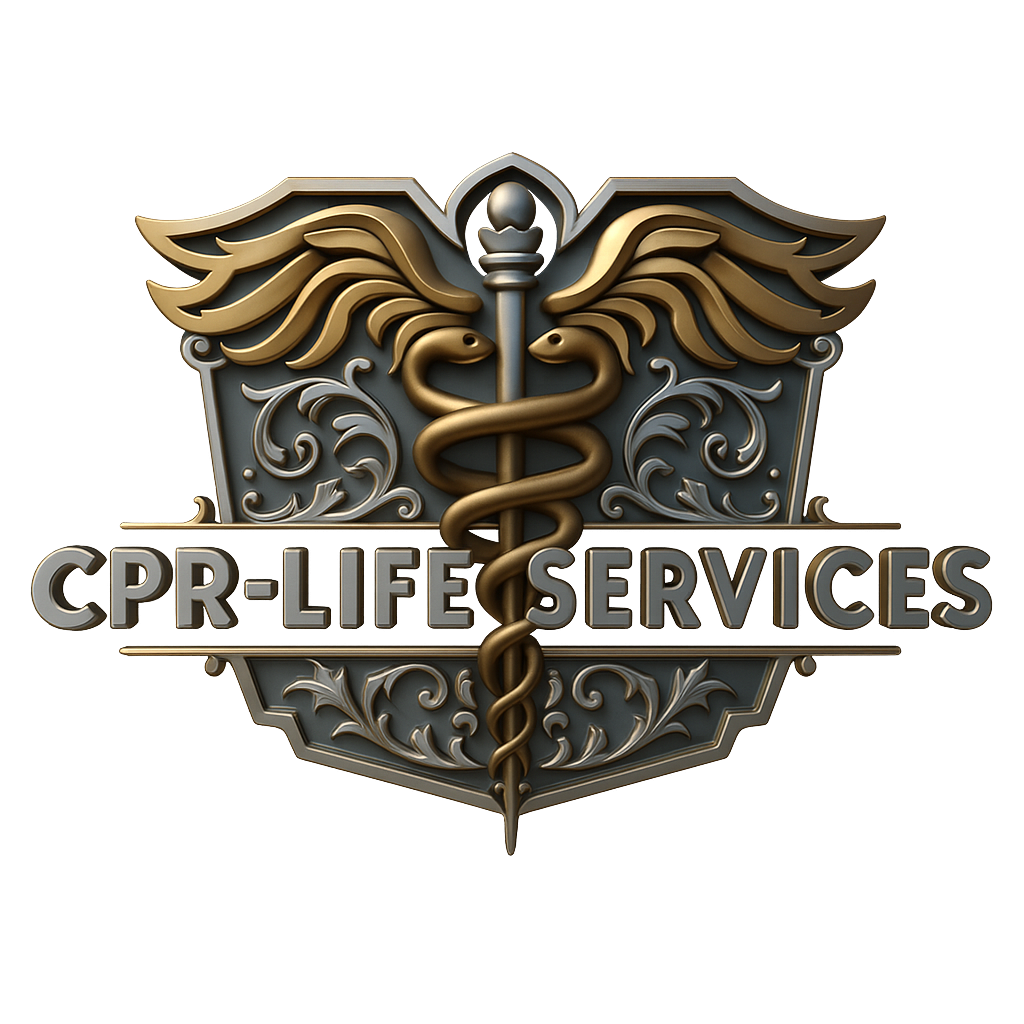 Image 1 of 7
Image 1 of 7

 Image 2 of 7
Image 2 of 7

 Image 3 of 7
Image 3 of 7

 Image 4 of 7
Image 4 of 7

 Image 5 of 7
Image 5 of 7

 Image 6 of 7
Image 6 of 7

 Image 7 of 7
Image 7 of 7








First Aid
Description:
First Aid training focuses on equipping participants with foundational skills and knowledge to provide immediate care for injuries and illnesses while awaiting professional medical assistance. The curriculum is rooted in evidence-based guidelines and includes recognition and management of a wide variety of emergencies such as bleeding, burns, shock, musculoskeletal injuries, allergic reactions, environmental emergencies, and common sudden illnesses.
Learning Objectives:
- Recognize common types of injuries and acute illnesses.
- Implement proper assessment—primary (scene safety, responsiveness, airway, breathing, circulation) and secondary survey (focused history, physical exam).
- Apply initial interventions: control bleeding, manage burns and wounds, splint injuries, manage shock.
- Respond appropriately to medical emergencies (asthma, allergic reactions, fainting, seizures, heart attack, stroke).
- Prevent disease transmission and ensure scene safety.
- Activate and coordinate with the emergency medical services (EMS) system.
- Understand Good Samaritan laws and implied/expressed consent.
To Schedule Your Training,
Email: info@cpr-lifeservices.com
Description:
First Aid training focuses on equipping participants with foundational skills and knowledge to provide immediate care for injuries and illnesses while awaiting professional medical assistance. The curriculum is rooted in evidence-based guidelines and includes recognition and management of a wide variety of emergencies such as bleeding, burns, shock, musculoskeletal injuries, allergic reactions, environmental emergencies, and common sudden illnesses.
Learning Objectives:
- Recognize common types of injuries and acute illnesses.
- Implement proper assessment—primary (scene safety, responsiveness, airway, breathing, circulation) and secondary survey (focused history, physical exam).
- Apply initial interventions: control bleeding, manage burns and wounds, splint injuries, manage shock.
- Respond appropriately to medical emergencies (asthma, allergic reactions, fainting, seizures, heart attack, stroke).
- Prevent disease transmission and ensure scene safety.
- Activate and coordinate with the emergency medical services (EMS) system.
- Understand Good Samaritan laws and implied/expressed consent.
To Schedule Your Training,
Email: info@cpr-lifeservices.com
